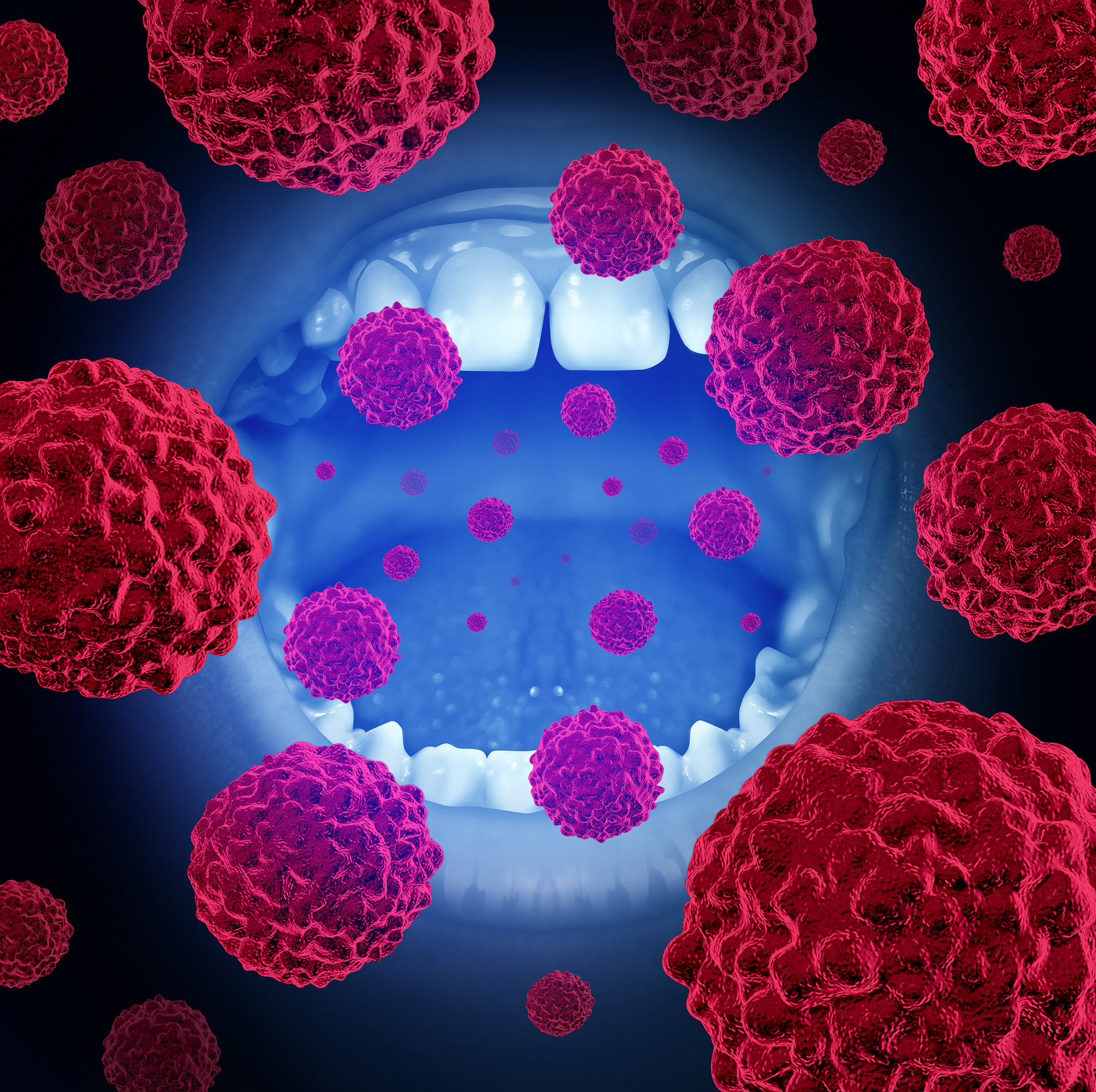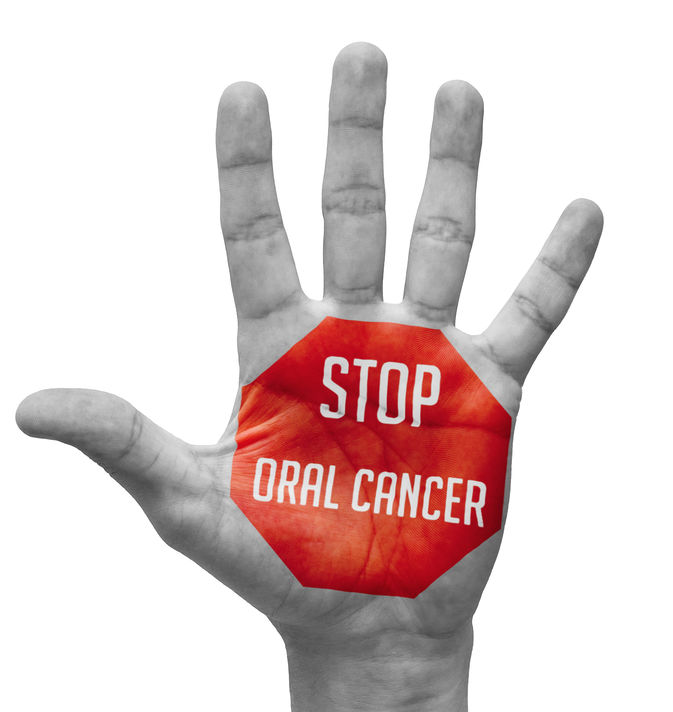Oral mucoceles, sometimes called an oral mucous cyst, is a harmless, painless swelling on the lip or inside of the mouth.
These common oral lesions, which affect approximately 2.4 out of every 1,000 people, according to the Journal of Oral and Maxillofacial Pathology, occur when a blocked or damaged salivary gland causes fluid (mucous) to form into a cyst or blister.
While oral mucoceles will often go away on their own, rupturing between three and six weeks, it is a good idea to have any new growth or concerns checked out by a dentist or oral surgeon.
Oral mucoceles that constantly reoccur and those of larger size that can create difficulty in chewing, swallowing, breathing, and speaking problems may need to be treated.
Lip Biting in Younger People May Lead to Oral Mucoceles
Oral mucoceles usually occurs in younger individuals with those under the age of 20 accounting for 70 percent of all cases. The peak age for oral mucoceles incidents are between age 10 and 20.
The causes of oral mucoceles can be trauma or habits such as lip biting and chewing on the insides of your cheek.
“You can't prevent all mucoceles from developing, but you can avoid bad habits and products that might lead to their formation. If you have a habit of biting your lip and cheek, put in the effort to stop by determining what triggers the behavior and implementing new habits — like chewing sugar-free gum,” says the Colgate guide to Oral Mucocele.
The trauma or lip biting can lead to blockage and backup of saliva in the gland with the result being a mucus-filled cyst forming. The term mucocele itself is Latin in origin, made from a combination of the words for mucus and cavity.
Other causes of oral mucoceles include constant contact with a sharp tooth or foreign object and your tongue thrusting against your teeth over and over.
How to Tell if I Have an Oral Mucocele
When in doubt, the best of action is to consult your dentist or oral surgeon to have any unusual blisters or lesions checked out.
An oral mucocele will usually appear on the inside of the lower lip and will appear clear, pink, or bluish in color.
“Mucocele can arise within a few days after minor trauma, but then plateau in size. They can persist unchanged for months unless treated. The diameter may range from a few millimeters to a few centimeters,” says an article in the Journal of Pharmacy & BioAllied Science.
Other signs of an oral mucocele are:
- Solitary (a solo blister, not a cluster)
- Moveable
- Soft and Painless
- Smooth and round (dome-like)
- Well-demarcated
While mucoceles can appear anywhere in the oral mucosa such as the lip, cheeks, and the floor of the mouth, they typically occur on the lip.
It is important for patients to avoid the habit of biting, sucking, or chewing on their lips, especially when cysts are present.
How to Treat an Oral Mucoceles
An oral surgeon can evaluate oral mucoceles often with just a visual exam but sometimes they will use ultrasound, CT scan or perform a biopsy to confirm the diagnosis.
While a wait-and-see approach can be taken as many cysts will rupture on their own, patients can also get peace of mind by ruling out anything more serious such as oral cancer.
Signs that you should consult a medical professional about your blister or bump include:
- It persists or does not improve for 2 months
- Continues to grow
- Bleeding is involved
- You are having difficulty talking, eating, or doing other everyday functions
Oral surgeons have options to treat a large oral mucoceles that is causing problems including:
- Cryotherapy
- Laser Treatment
- Surgery with a scalpel
Treatment, under local anesthesia or IV sedation, can be a simple draining of the cyst or complete removal. If the growth is removed, a sample will normally be sent to be tested to rule out any other conditions.
In some cases, the oral surgeon may help a new duct form, a technique called marsupialization. In this procedure, once the cyst has been opened and drained, the edges are sutured together to form a pocket that allows fluid to drain easily.
Another option are corticosteroid injections, which can help reduce swelling before oral mucoceles surgery, and sometimes, the corticosteroid injections alone may solve the issue without surgery.
If you have an oral mucoceles or other issues, consult the board-certified surgeons at Northwest Oral & Maxillofacial Surgery today for a consultation.







